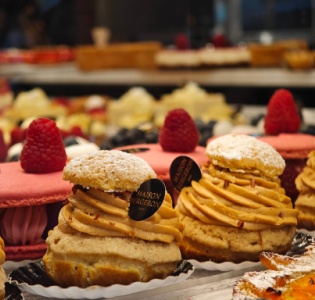The Heart of Beyoğlu, Pera’s Interesting History
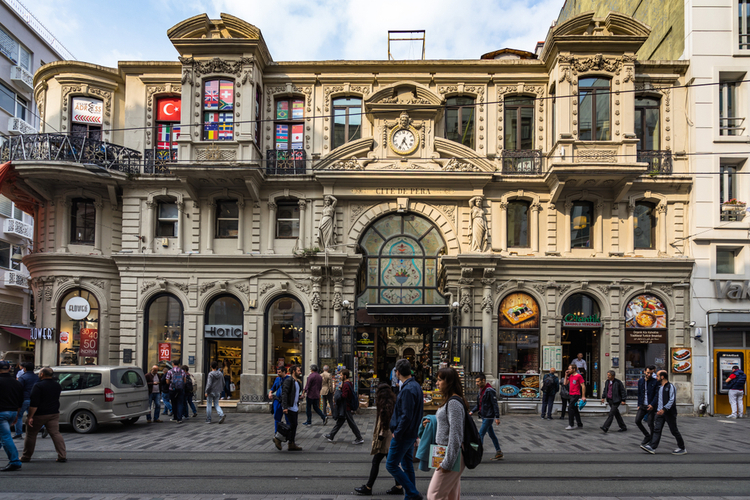
Known as the old name of Beyoğlu, Pera means “opposite, beyond, other” in Greek. According to one of the rumors, the term Beyoğlu originates from Luigi Giritti, son of Andre Giritti, the Venetian ambassador during the reign of Suleiman the Magnificent, who lived in a mansion on the Beyoğlu side. According to another rumor, the name of Beyoğlu comes from the fact that Alexios Komnenos, one of the Pontus princes, accepted Islam and lived here during the reign of Mehmed the Conqueror.
Cadde-i Kebir, Grande Rue de Pera, Pera or Beyoğlu… Whatever name it is called, Pera was a place where non-Muslim citizens of the Ottoman Empire lived and where there were several embassies until the middle of the 19th century; After the Tanzimat period, it hosted entertainment venues, luxury shops, businesses, restaurants, hotels, patisseries and became the center of attraction for many more.
The stops you need to follow to take a journey towards Pera’s La Belle Époque, which is called the ‘Beautiful Period’ with its architecture and art!
1. Hagia Triada Church
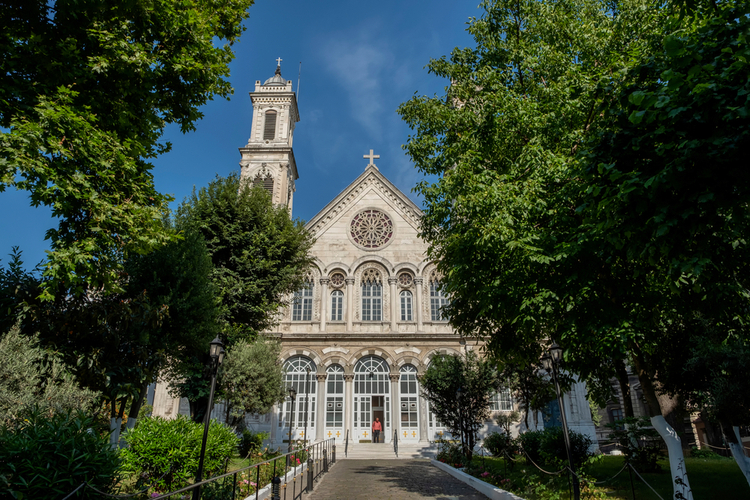
The meaning of Hagia Triada, which was built in 1880 after the Tanzimat, is “holy trinity.” The church in Beyoğlu is considered one of the largest Greek Orthodox temples in Istanbul. The church, which is still used by the Greek community today, can be one of the precious stops of the Pera stop with its neo-baroque dome.
2. Consulate General of France
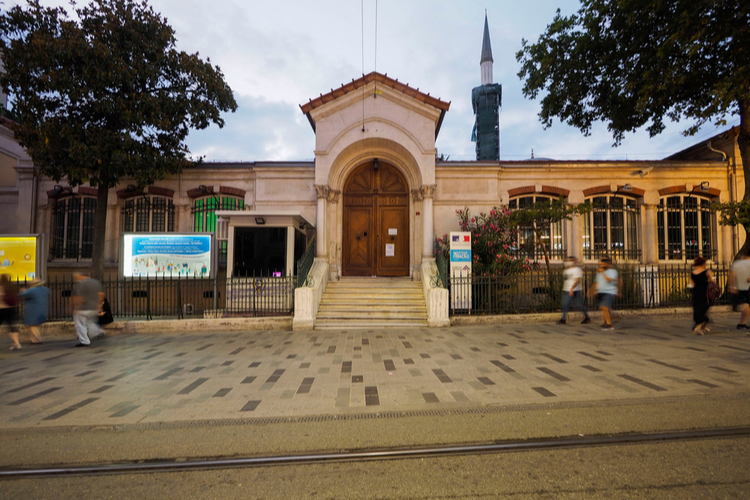
Continuing its existence as the French Cultural Center, the Consulate General of France is one of the precious treasures of Beyoğlu. The building, located at the entrance of Beyoğlu, on the right, was known as the “Plagues Hospital” since it was reserved for plague patients in 1760. Since the 1920s, the Consulate General of France in Istanbul has continued to exist as the French Cultural Center, where exhibitions have been held periodically since 1940 and French language education was given.
3. Zapyon Greek High School
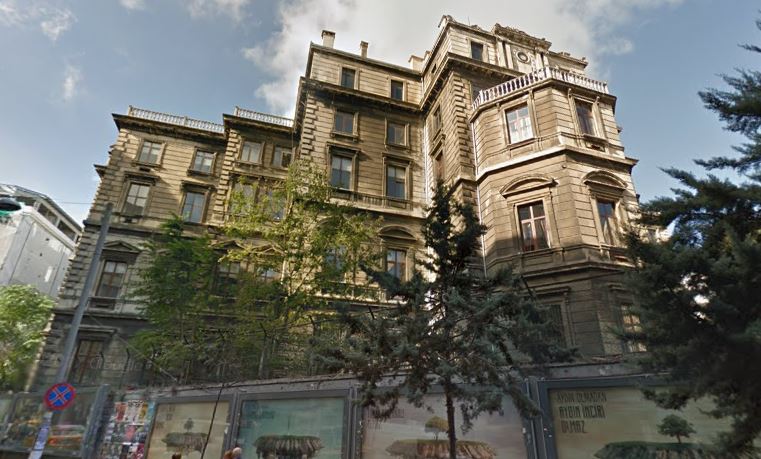
Source: http://istiklalcaddesi.istanbul/wp-content/uploads/2017/11/%C3%B6zel-zapyon-rum-lisesi.jpg
After the great Pera fire in 1870, Zapyon High School was established with the support of a philanthropist named Kostantinos Zappas to support the higher education of girls. Architect Ioannis Ioannidis undertook the construction of the school, which continues its education and training life. Although the architectural structure of the building is simple, the hand-drawn works seen in the interiors have a striking appearance.
4. Hüseyin Ağa Mosque
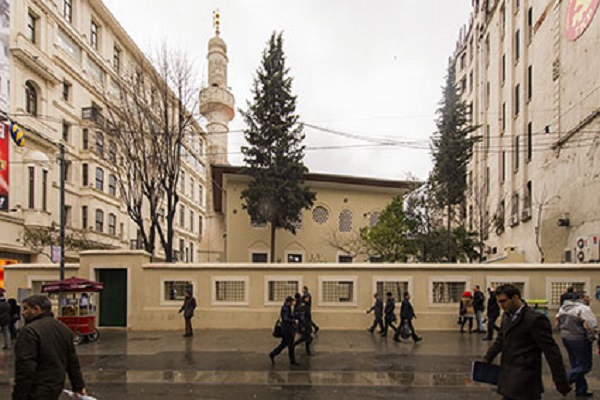
Source: http://www.caddecebimde.com/istanbul/istiklal/huseyin-aga-camii/images/resim1.jpg
Hüseyin Ağa Mosque, one of the oldest mosques in Istanbul, was built in 1597 by the agha of Galata Palace, Şeyhül Harem Hüseyin Ağa. In the mosque’s courtyard, there is a fountain, which was transferred from Kasımpaşa Sinan Paşa Mosque and is the work of Mimar Sinan. The fountain, known as “the most masterpiece of Turkish stone carving,” was brought from the Oluklu Bayır Lodge in Eyüp. The calligraphy inside the mosque belongs to İsmail Hakkı Altunbezer, one of the last great calligraphers. In front of the mihrab, there are the tombs of Hüseyin Ağa and Davut Ağa, who are the aghas of the Galata Palace.
5. St. Anthony’s Catholic Church
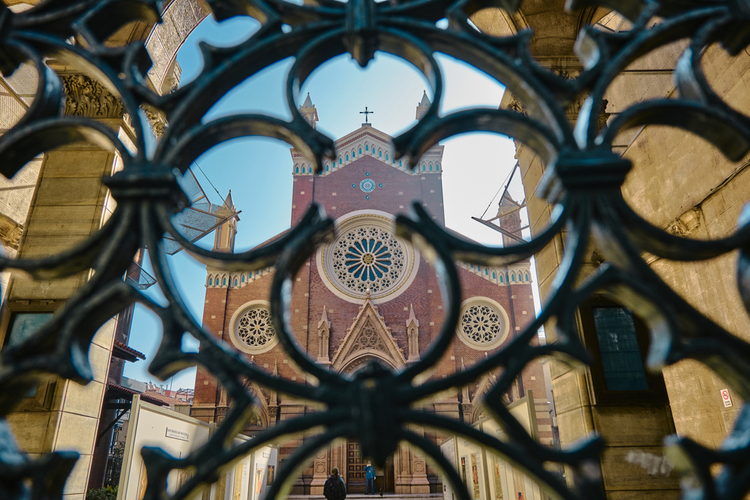
The largest catholic church in Istanbul, St. Antoine Catholic Church, is one of the breathtaking examples of gothic architecture. The doors of the church, which world-famous architects between 1330 and 1331 built, are still open today, and it has become one of the visiting points of many local and foreign tourists.
6. Flower Passage
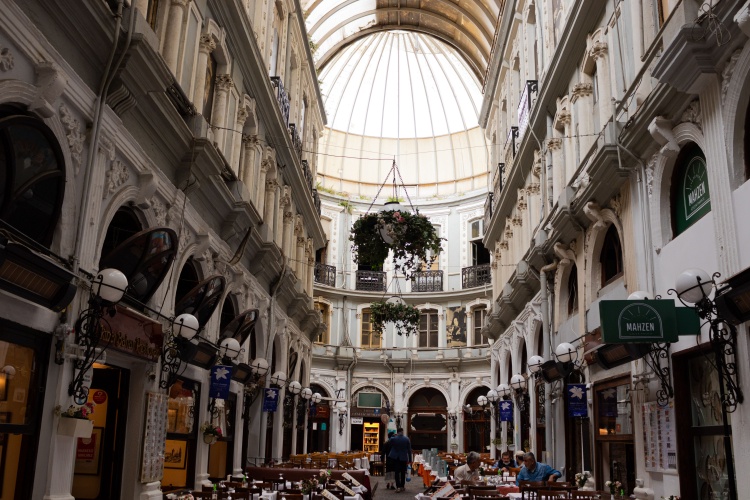
Naum Theater used to be located where Çiçek Pasajı, which has a history of more than 200 years, is located. This theater was where Sultan Abdulhamid and Sultan Abdulaziz came to watch the theater during the Tanzimat period. However, after the great Pera fire in 1870, the Naum Theater was demolished, and the Paris-style Cite de Pera building was built in its place. Historical Çiçek Pasajı, which was transformed into shops where baronesses and duchesses escaping the October Revolution in the 1940s sold flowers, has become one of Beyoğlu’s essential places for eating and drinking as a result of many evolutions from past to present.
7. Pera Palace Hotel
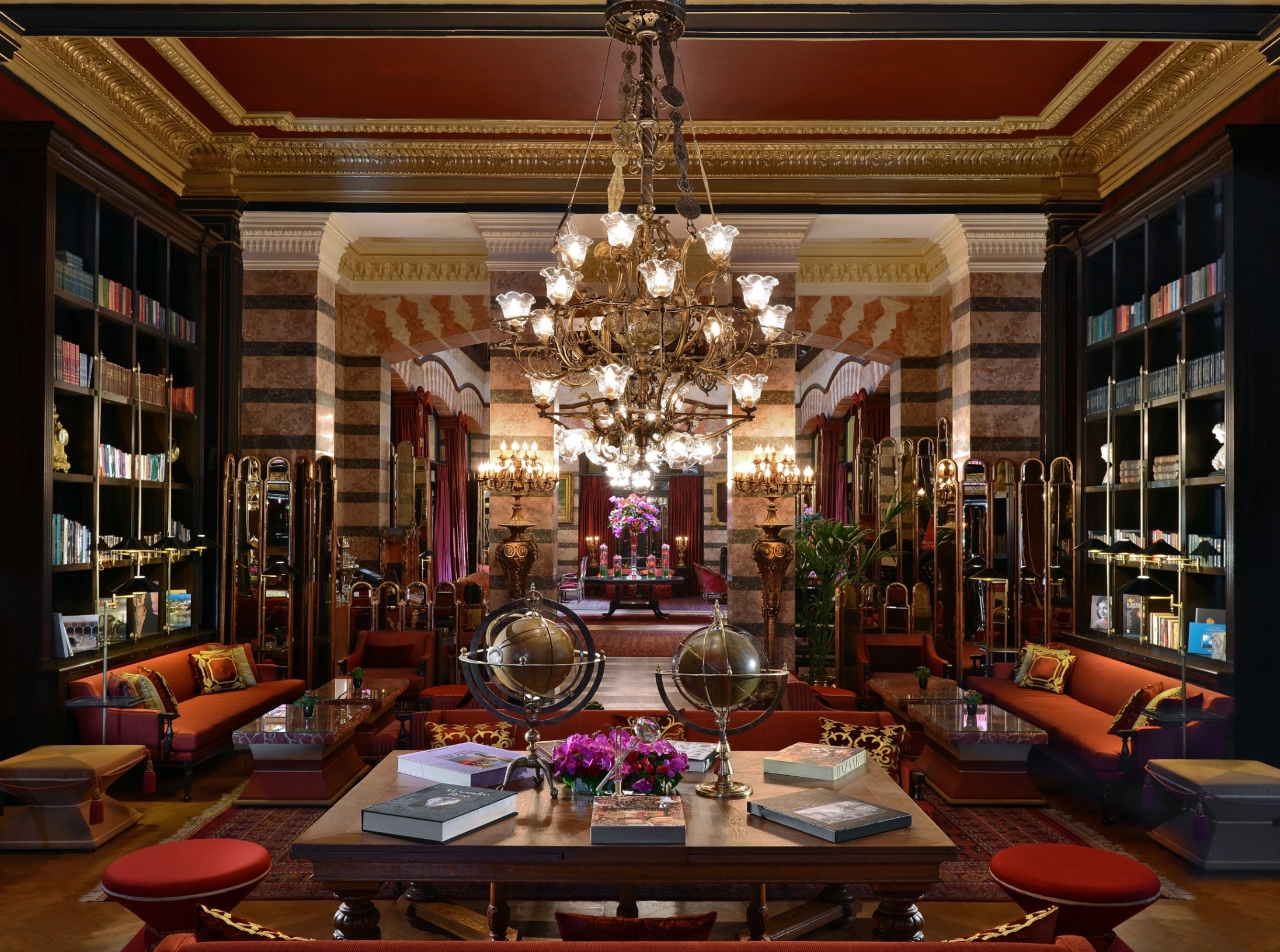
The story of Pera Palace Hotel, which started in Pera, the heart of Beyoğlu, towards the end of the 19th century, contains many firsts and valuable guests. Continuing to defy history with its 130-year-old splendor, Pera Palace Hotel is the first hotel in Turkey to meet European standards. This building, which has the first electric elevator and hot water, has witnessed the most precious words and thoughts. The steps of Mustafa Kemal Atatürk passed through the steps of this building that smells of history. Agatha Christie, one of the beloved names of detective literature, wrote her novel Murder on the Orient Express in room 411. Mata Hari, one of the most mysterious women globally, stayed here during her visits to Istanbul. A journey full of history traces awaits you at Pera Palace Hotel, which brings the past and presents together perfectly.
These articles may also be of interest to you:
Beyoğlu Guide for Those Who Want to Discover



